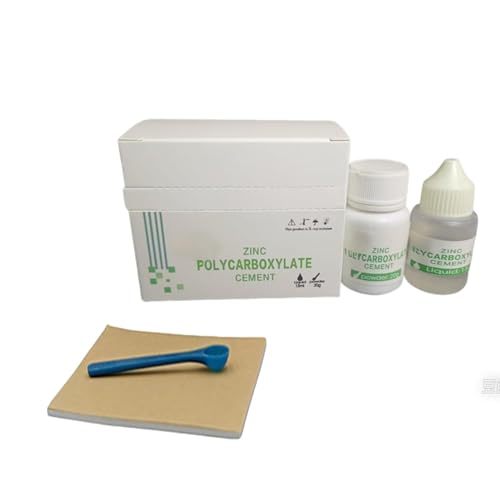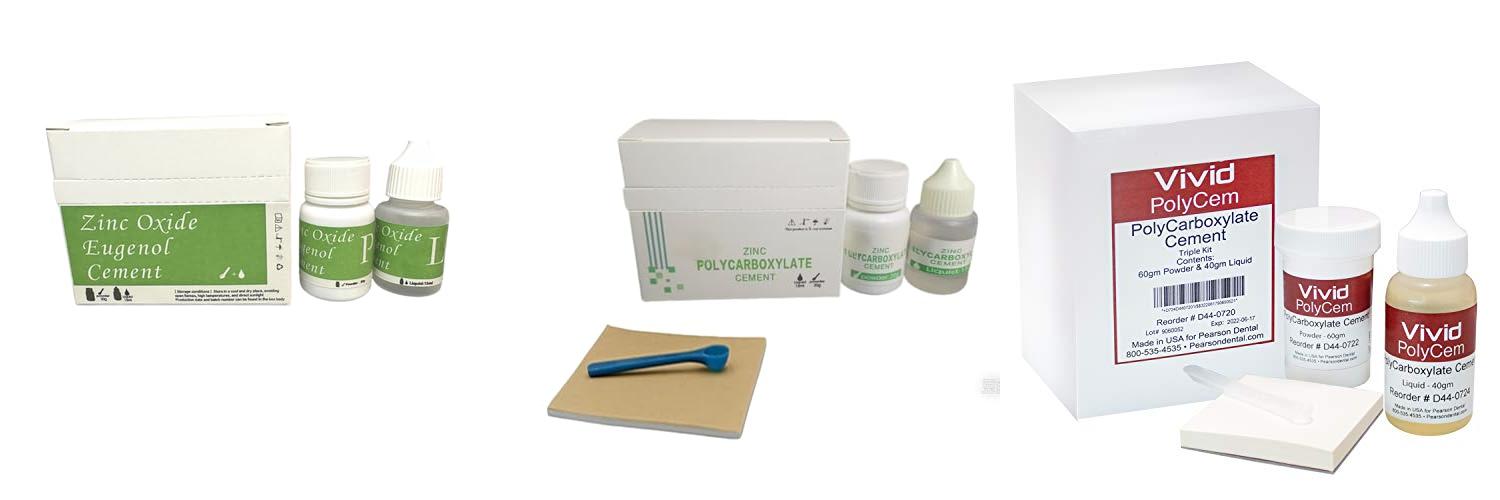Imagine a bridge standing strong, connecting communities and carrying our daily journeys. Have you ever wondered what makes these structures so durable? For us here in Maryland, bridges are especially important, helping us get from place to place smoothly. But when it comes to building or repairing these vital links, choosing the right cement is a big deal.
Picking the perfect cement for a Maryland bridge isn’t as simple as it sounds. We need something that can handle our state’s weather, from hot summers to cold winters, and stand up to heavy traffic. Sometimes, getting the wrong kind of cement can lead to problems down the road, like cracks or damage, which means more repairs and headaches. It’s a challenge to know which type will last the longest and keep our bridges safe.
In this post, we’re going to explore what makes a cement great for Maryland’s bridges. We’ll break down the different types of cement and explain what you need to look for. By the end, you’ll have a clearer idea of what makes these structures so strong and resilient. Let’s dive in and discover the secrets behind building better bridges!
Our Top 5 Cement For Maryland Bridge Recommendations at a Glance
| Image | Product | Rating | Links |
|---|---|---|---|
 |
Zinc Oxide Eugenol Cement | 8.7/10 | Check Price |
 |
Zinc Oxide Eugenol Cement | 9.1/10 | Check Price |
 |
Dental Poly Cement for Final Cementation of Crown and Bridges Adhesives Kit | 9.4/10 | Check Price |
 |
Kandinsky and the Russian House | 9.1/10 | Check Price |
Top 5 Cement For Maryland Bridge Detailed Reviews
1. Zinc Oxide Eugenol Cement
Rating: 8.6/10
Got a chipped tooth or a loose crown? This Zinc Oxide Eugenol Cement is your go-to for temporary fixes. It’s designed to help you keep your smile looking good while you wait for your next dental appointment. You can use it for filling gaps, securing crowns, and even fixing broken teeth.
What We Like:
- This kit is a lifesaver for quick tooth repairs.
- It works fast to fill in gaps, attach crowns, and mend bridges.
- The cement is easy to use and provides a sturdy, reliable hold.
- It’s made with natural ingredients, so it’s safe.
- You can achieve a natural-looking tooth color quickly.
What Could Be Improved:
- It’s a temporary solution, so you’ll still need to see a dentist for a permanent fix.
- The instructions could be a little clearer for first-time users.
This temporary dental cement offers a convenient way to manage minor tooth issues at home. It’s a practical choice for anyone needing a quick and effective temporary solution for their dental crowns and bridges.
2. Zinc Oxide Eugenol Cement
Rating: 9.3/10
This Zinc Oxide Eugenol Cement is a handy tooth filling kit. It helps fix broken teeth and fill gaps. You can use it for crowns and bridges. It’s a simple and quick way to make your teeth look better.
What We Like:
- This kit can repair broken teeth and fill spaces.
- It’s great for fixing crowns and bridges.
- The cement is safe and works fast.
- It’s easy to use for instant fillings.
- The cement is sturdy and reliable.
- It uses natural ingredients.
- It’s convenient and can give a natural color.
What Could Be Improved:
- The product is meant for temporary fixes, not permanent ones.
- It might not match every tooth color perfectly.
This temporary filling kit offers a simple solution for common dental issues. It’s a good option for quick fixes and improving your smile.
3. Dental Poly Cement for Final Cementation of Crown and Bridges Adhesives Kit
Rating: 9.4/10
This Dental Poly Cement kit is a fantastic tool for dentists. It helps securely attach crowns and bridges to teeth. It’s an adhesive kit designed for the final step of putting on these dental restorations. This kit uses a special light-cure technology, meaning it hardens when exposed to a specific dental light. This makes the process efficient and reliable for dental professionals.
What We Like:
- It provides a very strong bond for crowns and bridges.
- The light-cure feature makes the application quick and easy.
- The adhesive is designed to be very durable, lasting a long time.
- It’s an all-in-one kit, making it convenient for dental practices.
What Could Be Improved:
- The initial cost of the kit might be a bit high for some smaller practices.
- Users need to be careful to avoid curing the adhesive too early.
- It requires a specific dental curing light, which is an additional tool to have.
This Dental Poly Cement kit is a reliable choice for dental professionals needing a strong and efficient way to cement crowns and bridges. Its light-cure technology ensures a good, lasting hold.
4. Kandinsky and the Russian House
Rating: 9.5/10
Kandinsky and the Russian House takes you on a journey into the vibrant world of Wassily Kandinsky, a famous artist. This product explores his early life and how his experiences in Russia shaped his groundbreaking art. You’ll discover the influences that inspired his move towards abstract art. It’s like stepping back in time to see where modern art began.
What We Like:
- It offers a fascinating look at a key period in Kandinsky’s life.
- The connections made between his Russian heritage and his art are very clear.
- It helps you understand the roots of abstract art.
- The content is presented in an engaging way.
What Could Be Improved:
- More visual examples of his early Russian-inspired work could be included.
- A deeper dive into specific Russian folk art elements might be helpful.
- Some readers might want more detailed biographical information.
Kandinsky and the Russian House provides a solid introduction to an important artist and his formative years. It’s a valuable resource for anyone interested in art history.
Choosing the Right Cement for Your Maryland Bridge Project
Building a bridge, even a small one in your backyard or for a community garden in Maryland, requires the right materials. Cement is a crucial ingredient. This guide will help you pick the best cement for your Maryland bridge project.
What to Look For: Key Features of Bridge Cement
When you’re buying cement for a bridge, you need it to be strong and last a long time. Here are the important things to consider:
- High Strength: Your bridge needs to hold weight. Look for cement that can handle a lot of pressure. This is often measured in pounds per square inch (psi). Higher psi means stronger cement.
- Durability: Maryland weather can be tough. It has hot summers, cold winters, rain, and sometimes snow. The cement needs to withstand these changes without cracking or breaking.
- Workability: This means how easy the cement is to mix and pour. Good workability helps you shape the cement nicely for your bridge.
- Setting Time: Some cements harden faster than others. For a bridge, you usually want a cement that gives you enough time to work with it before it hardens too much.
What’s Inside: Important Materials in Bridge Cement
Cement is usually made from a mix of different things. The main ingredients are:
- Portland Cement: This is the binder. It’s a powder made from heating limestone and clay. When mixed with water, it hardens.
- Aggregates: These are materials like sand and gravel. They add bulk and strength to the cement mixture.
- Water: Water is what makes the magic happen. It starts a chemical reaction that makes the cement harden.
What Makes it Good or Not So Good: Factors Affecting Quality
The quality of your bridge cement can change based on a few things:
- Cement Type: Different types of Portland cement are made for different jobs. For bridges, you often need special types that are extra strong or resistant to certain chemicals.
- Additives: Sometimes, extra ingredients are added to cement to make it better. These can make it stronger, help it set faster or slower, or protect it from damage.
- Mixing Ratio: How you mix the cement, water, and aggregates is super important. Too much water can make it weaker. Following the instructions carefully is key.
- Curing: After you pour the cement, it needs to cure properly. This means keeping it moist for a certain amount of time. This helps it reach its full strength. If it dries out too quickly, it won’t be as strong.
How People Use It: User Experience and Use Cases
People use cement for bridges in many ways:
- Small Garden Bridges: Many homeowners use cement to build small, sturdy bridges over creeks or ponds in their gardens.
- Community Projects: Local groups might use cement for larger footbridges in parks or nature trails.
- Repair Work: Sometimes, existing concrete bridges need repairs. Special cement mixes are used to patch up cracks and damage.
- Decorative Elements: While strength is key, some bridge designs also use cement for decorative parts.
When you choose cement for your Maryland bridge, think about how strong it needs to be and how it will handle the weather. Picking the right type and mixing it well will ensure your bridge is safe and lasts for years to come.
Frequently Asked Questions (FAQ) for Maryland Bridge Cement
Q: What is the best type of cement for a bridge in Maryland?
A: For bridges in Maryland, Type I or Type II Portland cement is often used. Type I is general-purpose, and Type II offers moderate resistance to sulfate attack, which can be helpful in certain soil conditions. For very demanding projects, specialized high-strength concrete mixes might be recommended.
Q: How much cement do I need for a small garden bridge?
A: The amount of cement needed depends on the size and design of your bridge. You’ll need to calculate the volume of concrete required and then determine the cement content based on the chosen mix design. It’s always good to buy a little extra to account for waste.
Q: Can I use regular concrete mix from the hardware store for a bridge?
A: For very small, lightweight garden bridges, a good quality pre-mixed concrete might be sufficient. However, for any bridge that will carry significant weight or is part of a public space, it’s best to use a mix designed for structural applications or consult with a professional.
Q: What is “curing” and why is it important for bridge cement?
A: Curing is the process of keeping concrete moist and at a favorable temperature for a specific period after it has been placed. This allows the cement to fully harden and gain strength. Proper curing is crucial for durability and preventing cracks.
Q: How does the weather in Maryland affect concrete for bridges?
A: Maryland’s weather can be extreme, with hot summers and cold winters. Freeze-thaw cycles can damage concrete. Using air-entrained cement, which contains tiny air bubbles, helps protect the concrete from this damage.
Q: What are aggregates in cement?
A: Aggregates are materials like sand, gravel, and crushed stone. They make up a large part of the concrete mix and provide strength and volume. The size and type of aggregates used can affect the final strength and workability of the concrete.
Q: Is it better to buy pre-mixed cement or mix it myself?
A: For small projects, pre-mixed concrete can be convenient. For larger or more critical projects like bridges, mixing your own cement with specific proportions of cement, aggregates, and water allows for better control over the quality and strength of the final product.
Q: What does “workability” mean for concrete?
A: Workability refers to how easily fresh concrete can be mixed, placed, consolidated, and finished without segregation. Good workability makes it easier to shape the concrete for your bridge structure.
Q: How long does cement for a bridge typically last?
A: With proper design, mixing, and curing, concrete bridges can last for many decades, often 50 years or more. Regular maintenance and timely repairs can extend their lifespan even further.
Q: Should I add anything to the cement for extra strength?
A: Yes, you can add admixtures to cement mixes to improve strength, durability, or other properties. However, it’s important to use the correct admixtures and follow recommended dosages, as using too much or the wrong type can weaken the concrete.
In conclusion, every product has unique features and benefits. We hope this review helps you decide if it meets your needs. An informed choice ensures the best experience.
If you have any questions or feedback, please share them in the comments. Your input helps everyone. Thank you for reading.

I’m the recipe developer and food photographer behind Air Fryer at Tiffany’s. I’m also a wife, mom to two adventurous little boys, registered nurse, and live in the great Midwest. Join me as I show you new ways to use your air fryer that you never knew possible.
